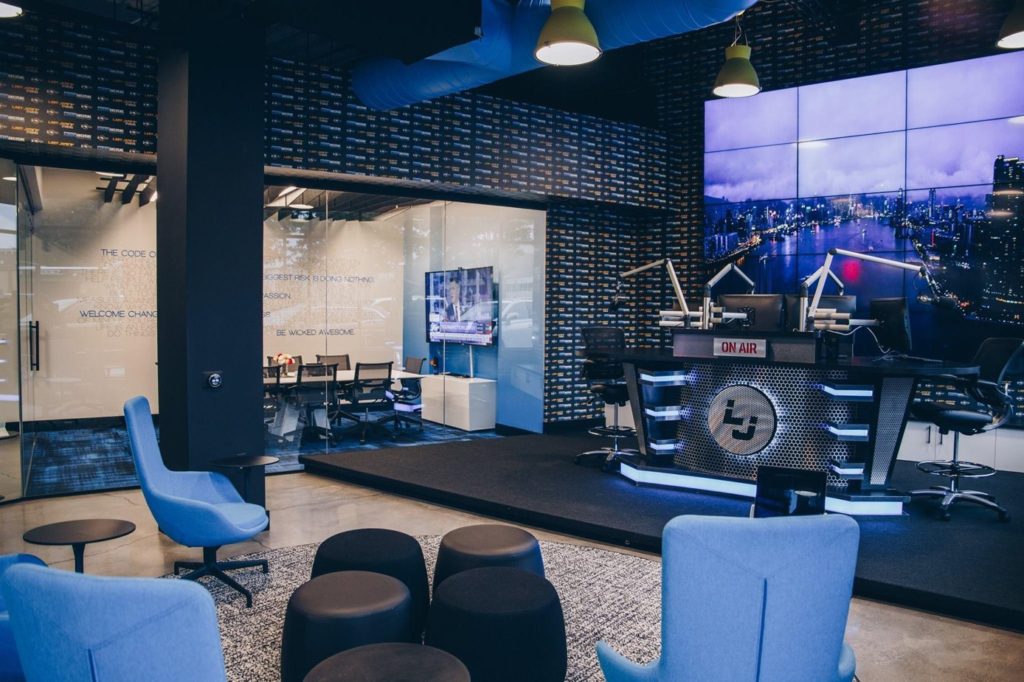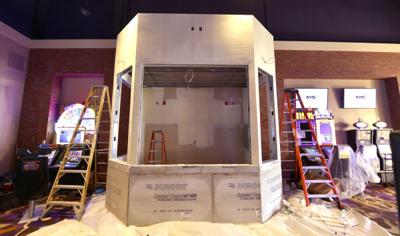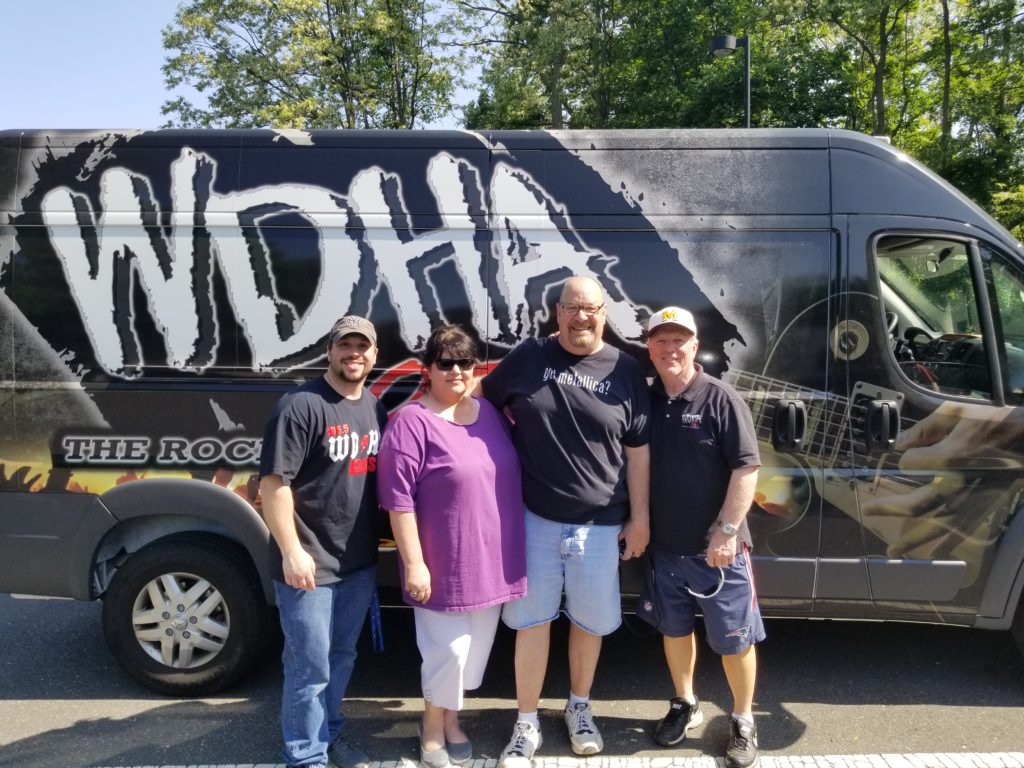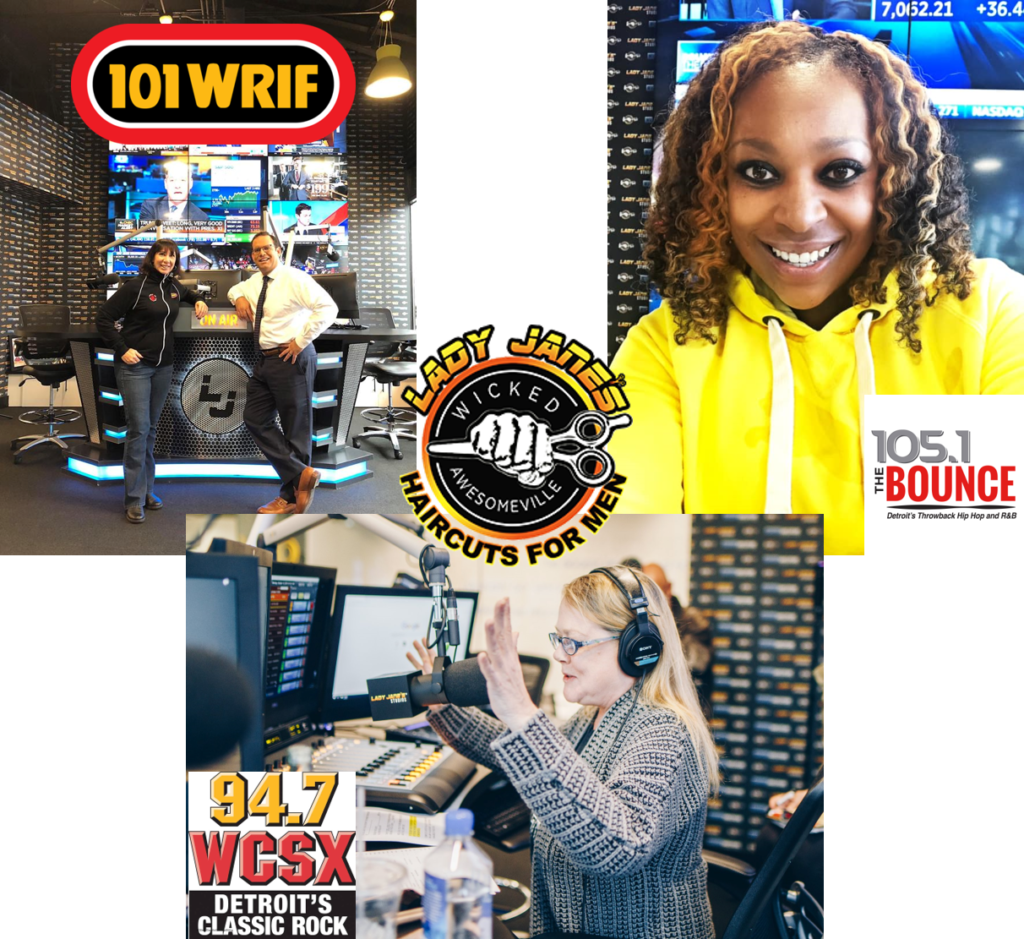
As broadcast radio scrambles to assesses its USP – its unique selling proposition – amidst a sea of new competition, you hear the term “live & local” bandied about – a lot.
Of course, not everyone agrees this is radio’s “secret sauce.” In fact, many contend it has become as irrelevant as a local late night TV show trying to duke it out with Fallon, Colbert, and Kimmel.
And then there are the naysayers who believe in the value of being “live & local,” but say that ship sailed for radio years ago. Many point to consolidation, budget cuts, and other “boogeymen” as being the fork in the road where the radio industry took the wrong path.
Clearly, investing in the product and actually walking the “content is king” walk has become an industry-wide issue. But even in this environment, local market visibility matters. Consumers still love to “see radio.”
I’ve moderated enough focus and Listener Advisory Groups over the years, along with brand advocate/customer evangelist programs, to know just how attractive radio still is for so many people in the smallest towns and the biggest metros. Station tours and open houses are almost always immensely popular, as listeners clamor to see the studio and the celebrities on the air. And even to this day, we know that a well-executed remote broadcast can be successful for both the station and a sponsor.
But what about the idea of taking the radio station on the road? This is a trend that is gaining speed – in markets of all sizes. Powell Broadcasting in  Sioux City, Iowa, partnered with the Hard Rock Hotel & Casino to build a highly visible studio the cluster shares. We wrote about it back in 2016 – a great concept then, and one that’s taking flight now. The studio was built (pictured right) in 2014, and five years later, is used approximately 40 hours per week for live broadcasts in one of the city’s most popular hot spots.
Sioux City, Iowa, partnered with the Hard Rock Hotel & Casino to build a highly visible studio the cluster shares. We wrote about it back in 2016 – a great concept then, and one that’s taking flight now. The studio was built (pictured right) in 2014, and five years later, is used approximately 40 hours per week for live broadcasts in one of the city’s most popular hot spots.
We reopened the same topic in a post back exactly one year ago – “Why Not Pop-Up Radio?” We made the point that the food truck and pop-up store phenomena is in the same family, where culture on wheels is made available to customers on location. And that’s part of the magic.
 Inspired by that post, WDHA – The Rock of New Jersey. They retrofitted a station van, turning it into a studio where their “Morning Jolt” broadcasts their show all over town.
Inspired by that post, WDHA – The Rock of New Jersey. They retrofitted a station van, turning it into a studio where their “Morning Jolt” broadcasts their show all over town.
While consumers enjoy hearing radio, it’s a special treat to see it. And that’s where more radio stations are finding ways to take their shows and personalities to the audience.
And now more stations – in different sized markets are picking up the mantle and bringing taking their air studios on the road. Beasley’s Detroit cluster worked out a partnership with Lady Jane’s, the men’s haircuttery with more than 100 locations in Metro Detroit, and around the country.
Owned by a local, Chad Johnson, the company is headquartered in suburban Birmingham where they recently opened one of their shops – a highly visible location right on Woodward Avenue, site of the annual “Dream Cruise.”
Working with the Beasley group – a combined effort by sales, programming, and engineering – Lady Jane’s greenlighted the beautiful air studio you see at the top of today’s post. All three stations in the cluster – WRIF, WCSX, and The Bounce – broadcast live from Lady Jane’s, welcoming listeners in off the street as well as those who drop in for a haircut and other services.

For a station whose home studios are located in an out-of-the-way, industrial location, the Lady Jane’s showcase studio is a cool, novel way to have a great local presence that’s visible, personal, and yes, sexy.
When conceiving the idea and then making good on his commitment, Lady Jane’s slogan “Wicked Awesome” came to life.
“I looked over (at the space) and the thought popped into my head. I said, ‘I’m going to make this area there into the most amazing broadcast studio ever, Everybody looked at me and said what are you talking about? Eight months later, they’re seeing it come to fruition.”
The studio is equipped to let the airstaff take and record phone calls as well as play imaging. The music and commercials are run back at the stations.
The one-minute video clip below is the maiden broadcast from the Lady Jane’s studio late last year:
Will this trend catch on? Obviously, marketing savvy clients like Lady’s Jane’s Johnson are a rare breed. But for advertisers, cities, and venues that are looking to showcase their brands, studio partnerships with local radio is a unique way to go. When one of the Beasley Detroit jocks mentions the “Lady Jane’s studio,” it’s not just a tack-on positioning statement like it is at most radio station. It’s the real deal.
Appearance matters and so does visibility. More and more, stations and clusters are thinking of the physical station itself as a marketing statement. Late last year, Inside Radio highlighted Townsquare’s Duluth, Minnesota cluster moving to display studios downtown later this year. Passesrby will be able to see the DJs on all four stations in the cluster.
Radio’s “cool factor” is a frequent topic in this blog. So is the industry’s seeming inability to consistently market itself – its value, its effectiveness, its local roots, and its community presence.
Forget about “a face for radio.”
Broadcast radio can be visionary by being visible.
Thanks to WRIF’s Ken Wasilewski, and high-fives to Beasley engineers Mike Kernen and Sherri Powers.
- What To Do If Your Radio Station Goes Through A Midlife Crisis - April 25, 2025
- A 2020 Lesson?It Could All Be Gone In A Flash - April 24, 2025
- How AI Can Give Radio Personalities More…PERSONALITY - April 23, 2025




“I saw it on the radio!”
🙂
When I was a kid in the early 1960s, WTHE(AM) Mineola NY had a live glassed-in studio in the lower concourse of the Roosevelt Field Shopping Center on Long Island. Even then it was a great idea.
Amazing how some of those “old school” promotions still resonate today. Thanks for the comment.
Fred, back in the mid 90’s when I was PD of WPGC, DC we had a remote studio in the front window of Sam Goody music on M Street in Georgetown. We had turntables in the front and on weekend nights and holidays our DJs were mixing live, putting on a show in front of the crowd on the sidewalk and the backed up traffic. Later we moved to the studio to a local mall and did the same thing, we always had a crowd at the window watching the DJs and personalties. Radio is show business, don’t bury your studios in an office park, get them out front of your listeners as Emmis does in Indy on Monument Circle…put on a show!!
Jay, great story. It’s amazing how the simplest things continue to resonate. Thanks for sharing.
Radio is still theatre of the mind, first and foremost, but in some cases can make something out of the visual, as you pointed out so well. Most times to me, less is more. Those who cannot fill the spotlight well ought not try to. The key can be to keep things moving and have an interesting set – eye candy. ESPN is so bright and colorful, that no one else can compete. WGBH has a studio at the library here in Boston, and it looks great – for what they do and how they do it – it is genius. Soon, their NPR competition, WBUR will build a storefront on Comm. Ave. that will be seen by tens of thousands every day. The punch it packs visually will determine to many their commitment. I hope they get it right.
Tai, it’s an indicator that show biz and appearance matters. Radio has a great asset – it’s a show – that often goes hidden from its biggest fans. Truly, a lost opportunity. Many thanks.
I have always been a big believer in “remote studios”. In fact, in my spare time, I am board president of an LPFM which built a mobile remote trailer with wi-fi capability to allow us to control the station computer without a board op. It has a power amp and built in speakers and a wireless microphone system all hooked to a board with twin CD players inside. We have used it to broadcast live from community festivals, Easter Egg rolls, etc. A window air conditioner sits below the console desk…and it’s all powered from an outside outlet where we plug it in with a heavy duty A/C cord. It makes a great impression in the community…and I have long wondered why more commercial stations don’t consider this.
Kevin, it’s magic, but I think so many broadcasters today have never seen anything like this in practice. Once you do, it’s amazing the impact it can have.
When I was just a kid in southeastern KY, the local radio station did remote in HUGE RV, with the logo plastered on the side. They had turntables inside and played the music from the RV while a board op played commercials from the home studio. I still remember that over 40 years later.
We don’t need all that equipment now, but stations should do more than just setup a table with a Tieline and remote control. It’s good to see some stations get it.
Amazing how many of us have those memories off “seeing” radio stations where wee grew up. Thanks, Don.
It’s all been said here for sure. It NEEDS to live up to the listeners’ expectation of what a radio studio looks like! We did a week from The Erie County Fair when I was at WGR in Buffalo from our 37-foot RV. Everything happened at the station, but it LOOKED like we were doing stuff live. “Shane” was the nighttime jock who always had a crowd outside the “Super Van” taking part in his antics. It should be part of a station’s marketing plan to get out among the peeps. . and make it fun for all involved! The true benchmark was the KVIL Mobile Studio. Unless you saw this in person you couldn’t imagine the work and energy that went into an FM station in the 80s broadcasting everything live from a remote trailer. It probably took 4 engineers and a cab-over to haul this thing out to events. But back in the day it was the best way to “get in their minds” –through their eyes. Much better than a laptop and a card table.
Dave, a true remote broadcast – and the KVIL vehicle is a great example – can create indelibly powerful memories and impressions for fans. Thanks for the comment & observations.
I can’t help think of how much today’s blog ties to the last two–might even call it, “Resilience – Part three.”
This touches on what makes radio so special. People connect to and feel like the personalities they listen to are their friends. To have a chance to both see these people they already like, combined with the natural fascination people still have with watching how radio “happens” is, to use your word, “magic.”
And count me among the many others here who 40+ years later still vividly remember watching the deejays in the glass studio at a nearby shopping center–which would become my first radio job.
Anyone else feel like radio just might be turning a corner and heading in some very good, exciting directions again?
Go, radio! We still believe.
And today’s post may unwittingly be Part 4. Thanks for the encouraging comments, Dave. As the competitive environment gets thicker and more intense, radio going back to some of the things it did well decades ago may be a deciding factor in its ability to thrive moving forward. Appreciate the comment & encouragement, as always.
We have a NCE station (KBCZ – 90.1fm) and we’re wondering if we could remote broadcast from commercial locations, rather than just non-profit locations. Would you have any insight on this? It would be great to take our beer tasting show on the road to local breweries!
Thanks – Brian, KBCZ – 90.1fm